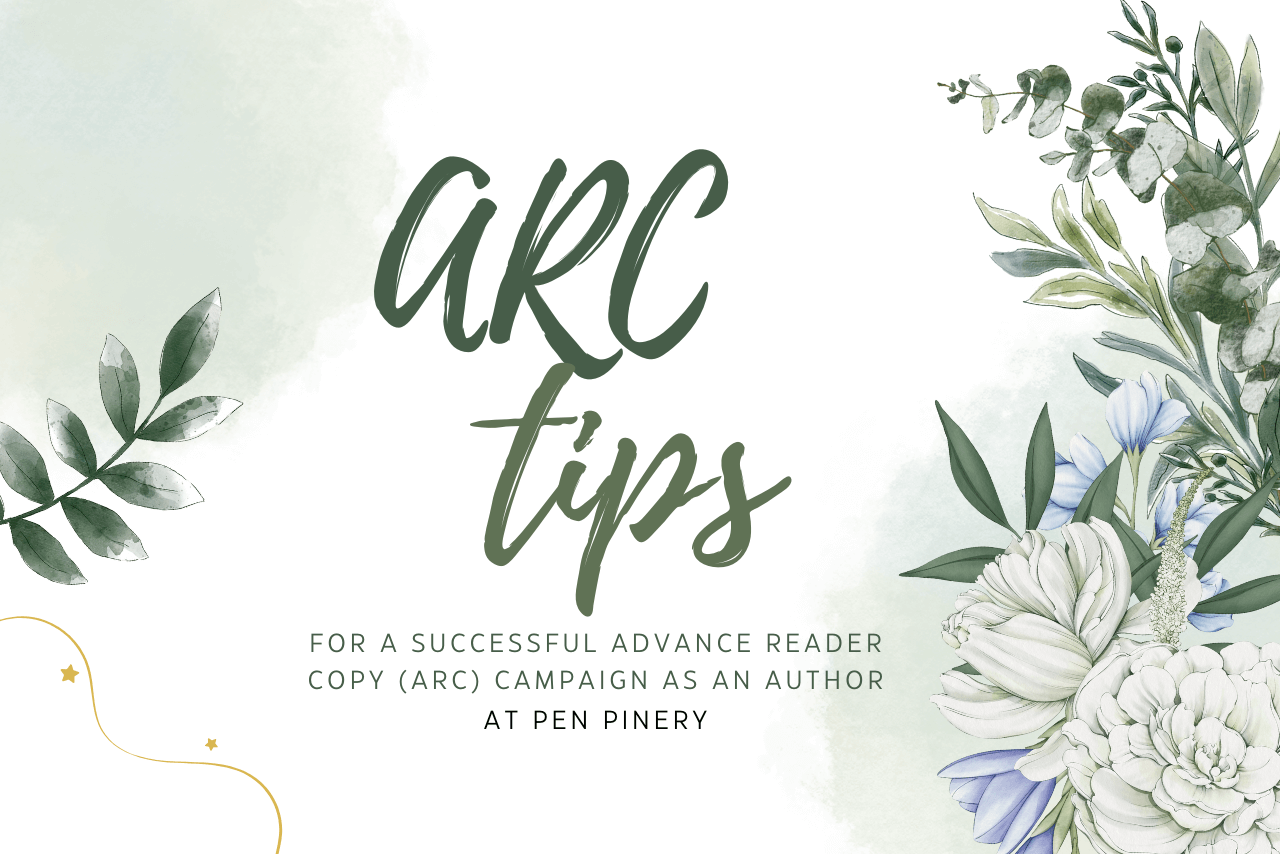Strategies for Tension and Satisfying Endings in Fiction Writing
Master conflict, resolution, and reader engagement with expert strategies in this captivating article.
In this article, we will explore some effective strategies for building tension and crafting satisfying endings.
Establish Clear Goals and Motivations:
Every engaging conflict begins with well-defined goals and motivations for the characters involved. Whether it's a personal quest for redemption or a battle against an external threat, the conflict should be rooted in the characters' desires and needs. By establishing clear goals, you create a framework that guides the progression of the story and sets the stage for conflict and resolution.
Create Obstacles and Challenges:
Once the goals are established, it's crucial to introduce obstacles and challenges that stand in the way of the characters' desires. These obstacles can be external, such as a villain or a natural disaster, or internal, like self-doubt or conflicting emotions. The key is to make these obstacles substantial enough to create tension and raise the stakes, while also providing opportunities for character growth and development.
Escalate the Conflict:
To keep the audience invested, the conflict needs to escalate throughout the story. Each obstacle or challenge should be more difficult than the previous one, pushing the characters to their limits and forcing them to make tough choices. Escalation builds tension and creates a sense of anticipation, as the audience wonders how the characters will overcome each new hurdle.
Utilize Multiple Layers of Conflict:
A story becomes richer and more engaging when it contains multiple layers of conflict. These layers can involve different characters with competing goals, moral dilemmas that force characters to choose between right and wrong, or even internal conflicts within a single character. By incorporating different dimensions of conflict, you create a tapestry of tension that keeps the audience engrossed.
Employ Foreshadowing and Suspense:
Foreshadowing and suspense are powerful tools for building tension and anticipation. By dropping hints or clues throughout the story, you create a sense of foreboding and make the audience wonder what will happen next. Suspense can be created through the use of cliffhangers, unexpected twists, or time-sensitive events. These techniques keep the audience on the edge of their seats and eager to see how the conflict will be resolved.
Offer Surprising and Meaningful Resolutions:
A satisfying ending should both surprise and resonate with the audience. While the resolution should be consistent with the story's themes and character arcs, it's important to avoid predictable outcomes. Consider subverting expectations or offering a resolution that is bittersweet but meaningful. The key is to provide closure while leaving room for interpretation and reflection.
Allow Characters to Evolve:
Conflict and resolution should not only impact the story's plot but also the characters themselves. Meaningful character development is often a key component of a satisfying resolution. As the conflict unfolds, the characters should undergo growth, change, or self-discovery. This evolution adds depth to the story and allows the audience to connect with the characters on a deeper level.
Reflect on the Journey:
A well-crafted resolution should provide an opportunity for reflection. As the conflict is resolved, the story can pause for a moment to allow the characters and the audience to process the events that have unfolded. This reflection can take the form of a heartfelt conversation, a quiet moment of introspection, or a symbolic gesture. It serves as a reminder of the journey the characters have undertaken and the lessons they have.
Remember, mastering the art of conflict and resolution takes time and practice. By implementing these call-to-action steps, you can enhance your storytelling abilities, captivate your audience, and craft narratives that leave a lasting impact.
As aspiring writers, we often find ourselves captivated by stories that effortlessly transport us into their richly woven narratives. We become engrossed in the struggles and triumphs of the characters, eagerly turning the pages to unravel the conflicts they face and savor the satisfying resolutions that bring closure and resonance. It is through these masterfully crafted tales that we can uncover invaluable lessons on the art of storytelling.
Here's a list of fictional books that are great examples of effectively utilizing conflict and resolution, including some lesser-known titles:
- "Station Eleven" by Emily St. John Mandel: This post-apocalyptic novel weaves multiple storylines together, exploring the conflicts faced by various characters and offering a poignant resolution that reflects on the power of art and human connections.
- "The Golem and the Jinni" by Helene Wecker: Set in 19th-century New York, this magical realism tale follows the unlikely friendship between a golem and a jinni, their conflicts with the human world, and the resolution that explores themes of identity, love, and freedom.
- "The Sparrow" by Mary Doria Russell: This science fiction novel explores the conflicts that arise when a group of Jesuit missionaries travels to a distant planet, facing moral dilemmas and intense interpersonal conflicts. The resolution poses thought-provoking questions about faith, sacrifice, and the consequences of our actions.
- "The Night Circus" by Erin Morgenstern: In this enchanting tale, two magicians engage in a high-stakes competition within a mystical circus. The conflicts between the characters and the resolution blend magic, romance, and mystery, leaving readers spellbound.
- "The Shadow of the Wind" by Carlos Ruiz Zafón: Set in post-war Barcelona, this atmospheric novel follows a young boy's quest to uncover the truth behind a mysterious book and the conflicts he encounters along the way. The resolution intertwines love, loss, and the power of storytelling.
- "The Gracekeepers" by Kirsty Logan: Set in a post-apocalyptic world, this novel explores the conflicts between land-dwelling "damplings" and sea-dwelling "clams," and the resolution delves into themes of love, forgiveness, and finding one's place in the world.
- "The Strange and Beautiful Sorrows of Ava Lavender" by Leslye Walton: This lyrical and magical coming-of-age story follows the lives of multiple generations of women in a family, their conflicts, and the resolution that weaves themes of love, loss, and acceptance.
- "The Book of Speculation" by Erika Swyler: Blending historical fiction with elements of magic realism, this novel tells the story of a librarian who discovers a mysterious book connected to his family's dark past. The conflicts and resolution explore themes of fate, family secrets, and the power of storytelling.
These books offer engaging narratives that skillfully employ conflict and resolution, making them excellent examples for aspiring writers and storytellers to study and draw inspiration from.



